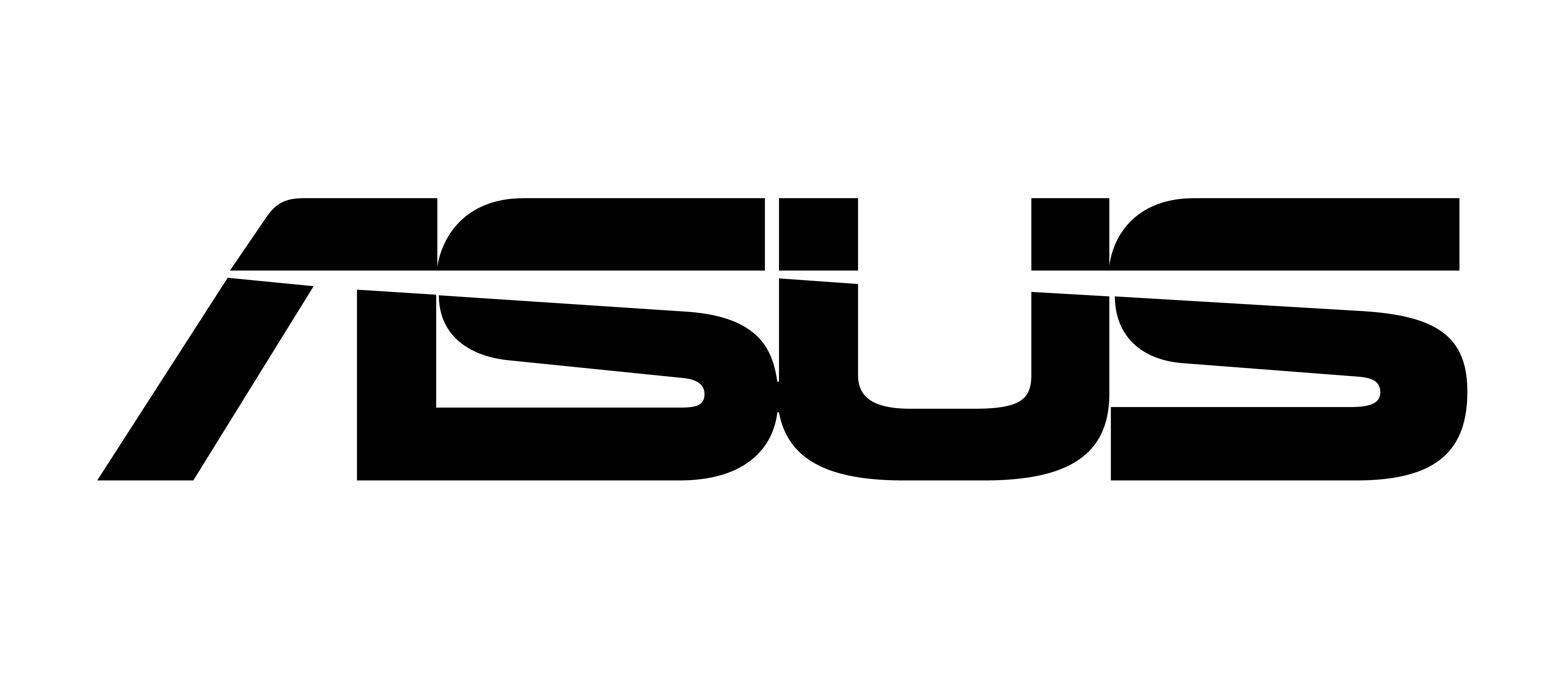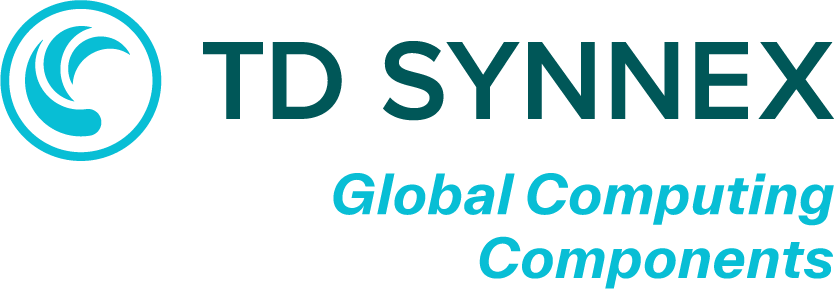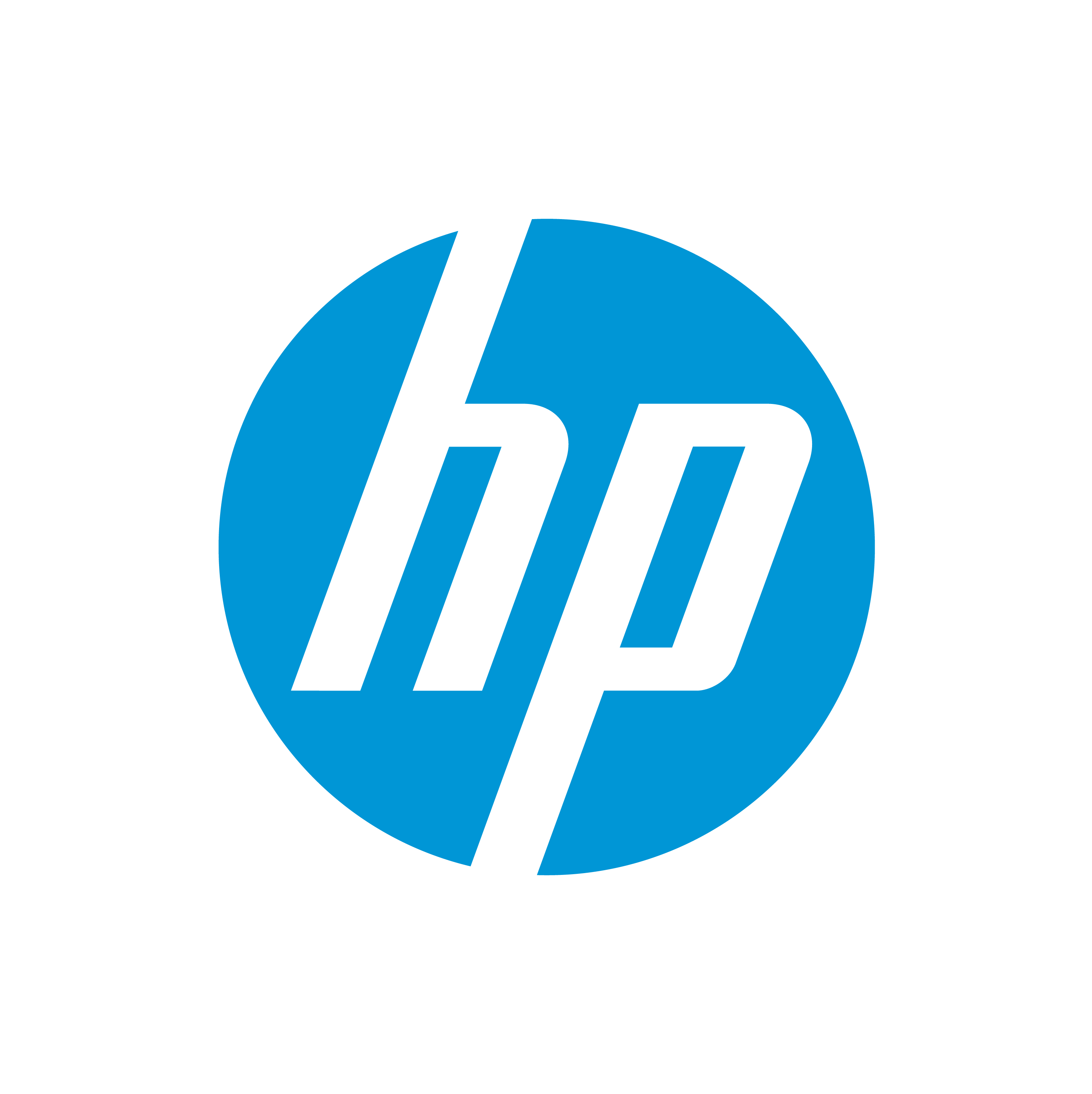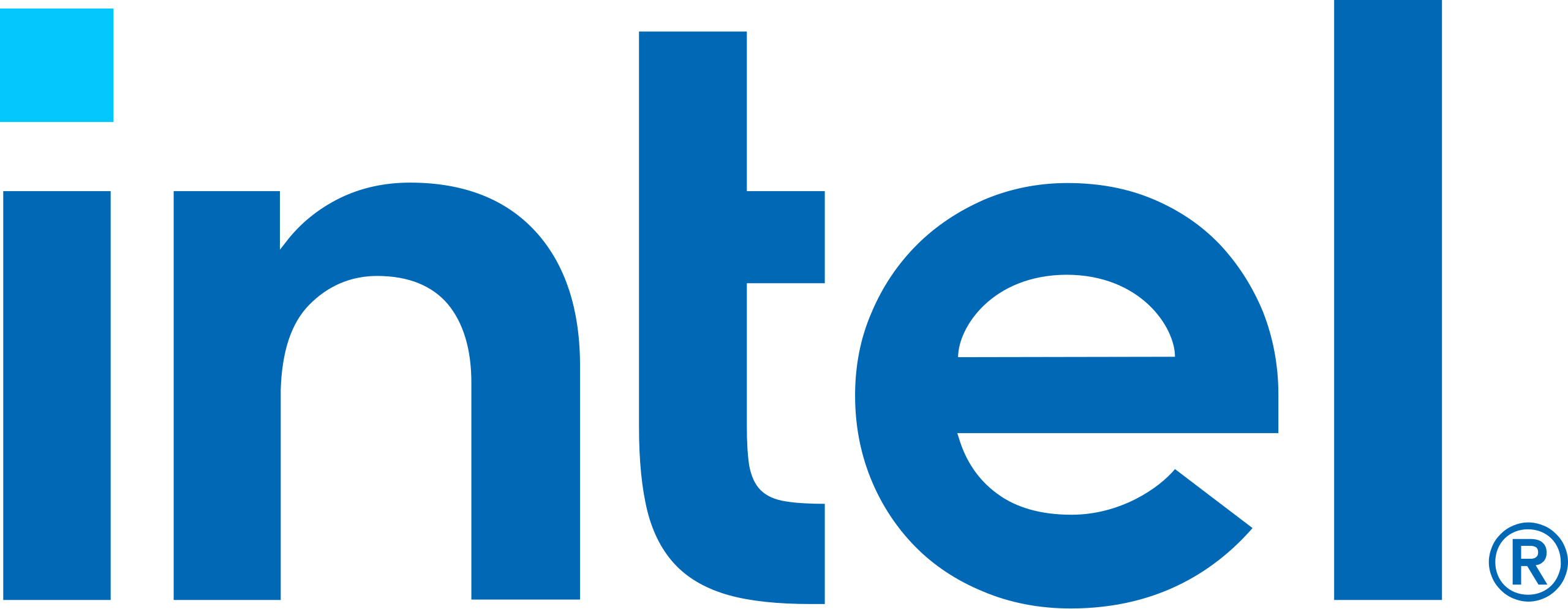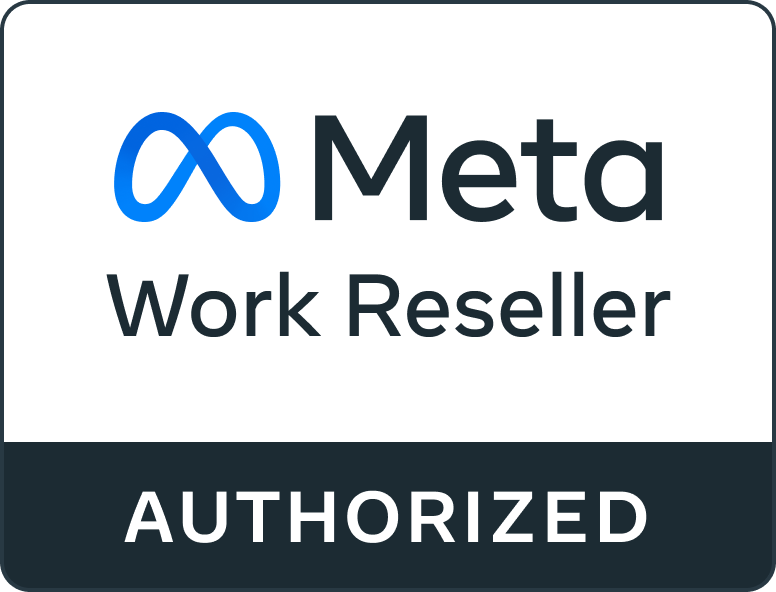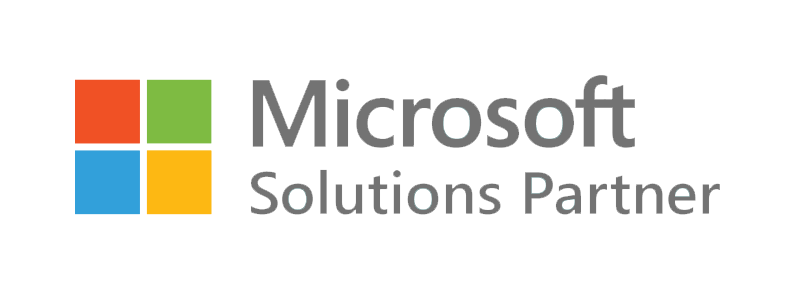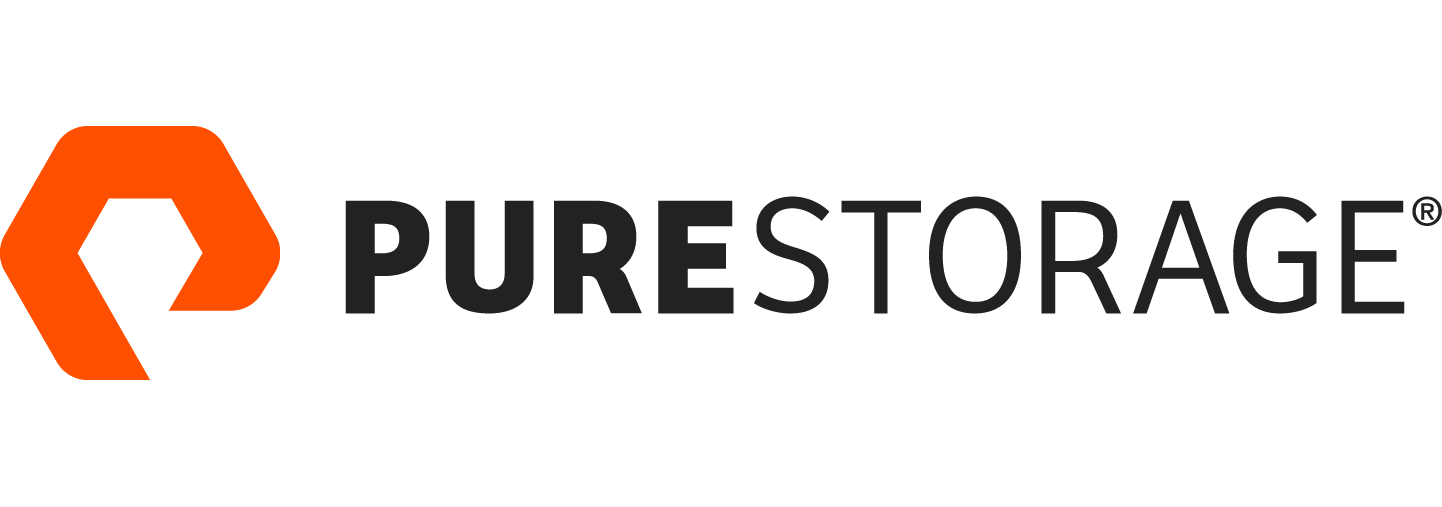How to start a new software-defined journey
Categories
Data centres full of complex compute, network and storage devices are continually putting pressure on the speed of operations but migrating to Hewlett Packard Enterprise (HPE) Synergy’s software-defined technology is numbing the pain of performance.
Despite this, there are still many customers that rely on the legacy that Hewlett Packard Enterprise (HPE) pioneered with its BladeSystem server machines. HPE started championing convergence in 2006 by allowing a contained environment of virtual machines to be hosted on a physically close group of servers within a consolidated power footprint. An increased speed of operation was supported by the ‘plug and play’ nature of the system, deploying a new server meant simply slotting it in rather than having to engage with multiple storage, networking, and security teams.
Keeping updated with data demands
Data centres have kept progressing exponentially and so a key question that should be asked when deciding if needs are being met should be: Are automation tools making life easier for IT admins? The positive feedback from the many businesses worldwide that TD SYNNEX supports through end-to-end installations is highlighting how building upon the capabilities of HPE BladeSystem with HPE Synergy is easy and invaluable for supporting current and next-gen applications.
HPE Synergy’s software-defined infrastructure increases the speed of operation and consistency, ensuring everything is managed to the same standard. It can be scaled much quicker, using software to make the necessary changes within the infrastructure. The platform is also ready for photonics – the transmission of data using light.
All these improvements mean that software changes and updates are fast and flexible, with the creation of templates for workloads and applications replicated quickly and easily with the ability to edit a single template. The way HPE Synergy operates is comparable to a task such as online shopping; the application knows what is usually selected, like items in a basket, with the system is engineered so that adjustments, selections and the development processes are easy and deliver what is needed.
TD SYNNEX’s view
We know that there is bound to be confusion about whether to stay with HPE, but the key point to make is that multi-vendor infrastructure is not an option. What TD SYNNEX can clarify through feedback from partners is that it can take thousands of lines of code to pull together all the various compute, storage, and networking elements, which is why HPE Synergy’s composable pool of resources makes it the best option for existing HPE customers. The Open API in the HPE OneView management software can do the same work but with a single line of code.
HPE Synergy can even run simultaneously with HPE Blade if you combine HPE OneView with HPE OneView Global Dashboard – a free software tool. Workloads can be migrated at a customers preferred pace, but the move to a familiar platform such as HPE Synergy also removes the need for additional training and little interruption to service, both key factors at this uncertain time.
HPE Synergy can be summed up as a simple yet powerful software-defined solution that provides a single infrastructure that automates and develops faster for any workload. It reduces the effort ‘below the line’, where all the housekeeping goes on, creating more effort above the line through services that add value and ensuring business continuity.
How TD SYNNEX supports HPE partners
Our TD SYNNEX teams take the company’s role as a trusted advisor very seriously, which is why we have developed a HPE partner program that utilises a wide range of learning resources to strengthen your ability to grow profits.
Your team will learn more about how to construct effective sales through TD SYNNEX’s reward-based technical training, which will support the development of valuable business relationships through hands-on sessions with the HPE kit, accreditation support, exclusive events, digital tools and partner care.
Take a look at our other blog posts

